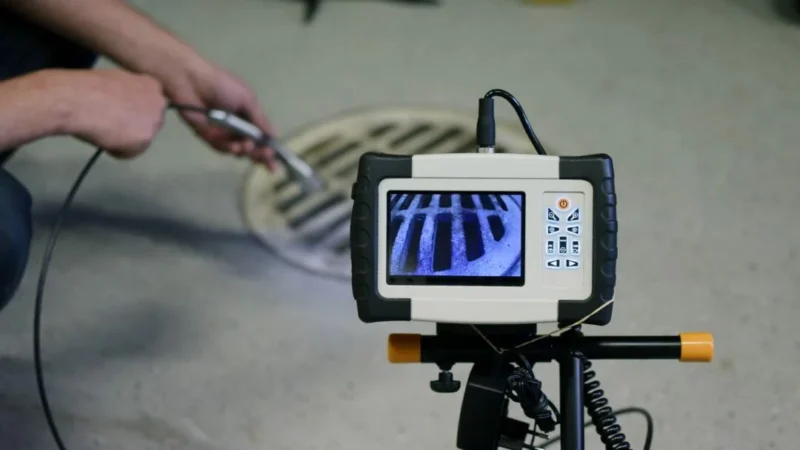Lidar Scanner: Understanding its Functionality and Operation

A lidar scanner operates on the principle of time-of-flight. It emits short pulses of laser light and measures the time it takes for the light to travel to a target and back. By knowing the speed of light, the scanner can calculate the distance between the sensor and the object or surface being measured.
Lidar, which stands for Light Detection and Ranging, is a remote sensing technology that uses laser light to measure distances and generate precise three-dimensional representations of objects and environments. A lidar scanner, or lidar sensor, is the device that emits and detects the laser light to perform these measurements. Here’s an overview of lidar scanner technology and how it works.
Laser Emission:
The lidar scanner emits laser pulses in various directions, typically using a rotating mirror or a multi-beam configuration. The lasers used are typically in the near-infrared spectrum, invisible to the human eye but detectable by the sensor.
Reflection Detection:
The emitted laser pulses interact with objects in the environment. When the laser light hits an object, it reflects back toward the scanner. The lidar sensor detects and measures the returning laser pulses.
Time Measurement:
The lidar scanner precisely measures the time it takes for the laser pulse to travel to the object and return to the sensor. This time measurement is achieved using sophisticated timing devices and algorithms within the sensor.
Data Collection:
The lidar scanner collects a vast amount of distance measurements by rapidly emitting laser pulses and detecting their reflections. These measurements form a point cloud, which is a collection of three-dimensional coordinates representing the objects and surfaces within the scanned area.
Applications:
Lidar scanners have a wide range of applications across various industries. They are commonly used in mapping and surveying to create accurate topographic maps, digital elevation models, and 3D models of buildings and infrastructure. Lidar scanners also play a crucial role in autonomous vehicles for navigation, obstacle detection, and object recognition. Additionally, they are used in forestry, archaeology, environmental monitoring, and urban planning, among other fields.
Advantages of Lidar Scanners:
Lidar scanners offer several advantages. They can capture highly detailed and precise measurements, even in complex environments. They are capable of generating accurate 3D representations, making them invaluable for various applications. Lidar scanners are also capable of capturing data at high speeds, allowing for efficient data acquisition and processing.
In summary, a lidar scanner is a device that uses laser light to measure distances and create detailed three-dimensional representations of objects and environments. By emitting laser pulses and measuring their time of flight, lidar scanners provide accurate and comprehensive data for mapping, surveying, autonomous navigation, and other applications. With their precision and versatility, lidar scanners have become indispensable tools in numerous industries.






